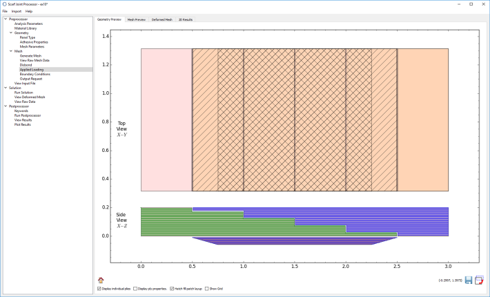Precise Simulations in Engineering, Technology, and Science
Global Engineering Research and Technologies (GERT) is dedicated to creating cutting-edge software tools by utilizing advanced computational methods and machine learning to address a variety of engineering challenges. These tools span multiple disciplines, offering solutions for predicting material characteristics, failure modes in structural and electronic materials as well as data manipulation.
Learn more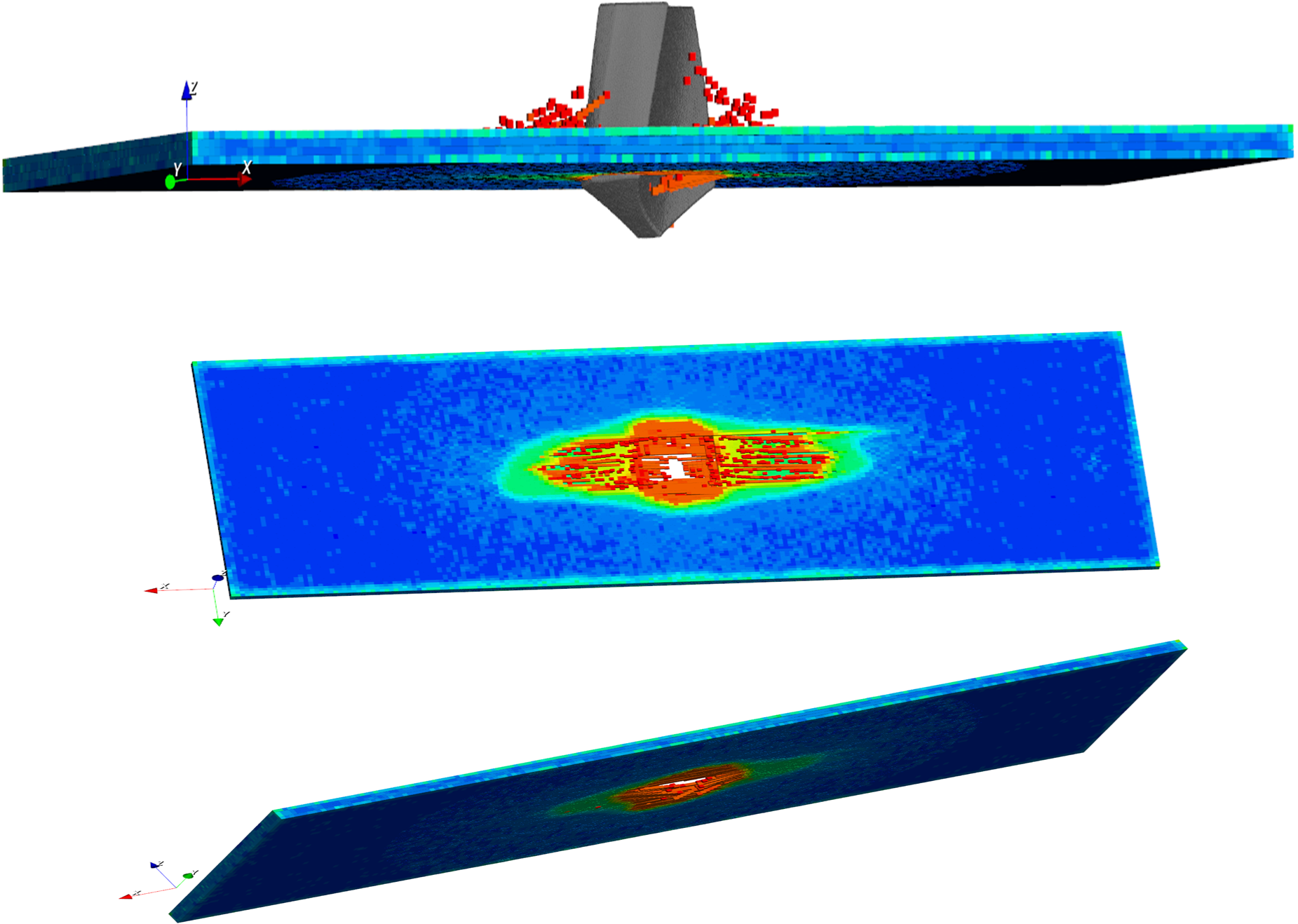
Our Services
Mechanical and Thermal Structural Analysis
Leveraging our expertise in mechanical and thermal structural analysis, we provide vital guidance to improve the design of safer, more efficient, and cost-effective structures in aerospace, automotive, construction, and manufacturing industries.
Fatigue Life Prediction
Our fatigue life prediction consulting assesses the longevity of materials and structures under cyclic loading, crucial for safety and integrity in aerospace, automotive, construction, and manufacturing industries.
Progressive Damage in Composites
Our consulting service specializes in progressive damage analysis of composite materials, offering crucial insights for sectors like aerospace, automotive, and renewable energy, where composites may experience complex damage behaviors under stress.
Multiphysics for Process Modeling
Our consulting service in multiphysics process modeling delivers tailored solutions for industries involved in complex operations where multiple physical processes interact, such as in corrosion and electroplating.
Our Products
Peridynamic Processor
The Peridynamic Processor (PDP) is a peridynamics based innovative tool to analyze progressive damage in composite materials. It is written in Python and Cuda version of C++. PDP can model damage due to fiber-matrix debonding, fiber breakage, and delamination. Additionally, it can also model impact damage in composite materials due to rigid impactors of any arbitrary shape hitting the material at any arbitrary orientation.
View Product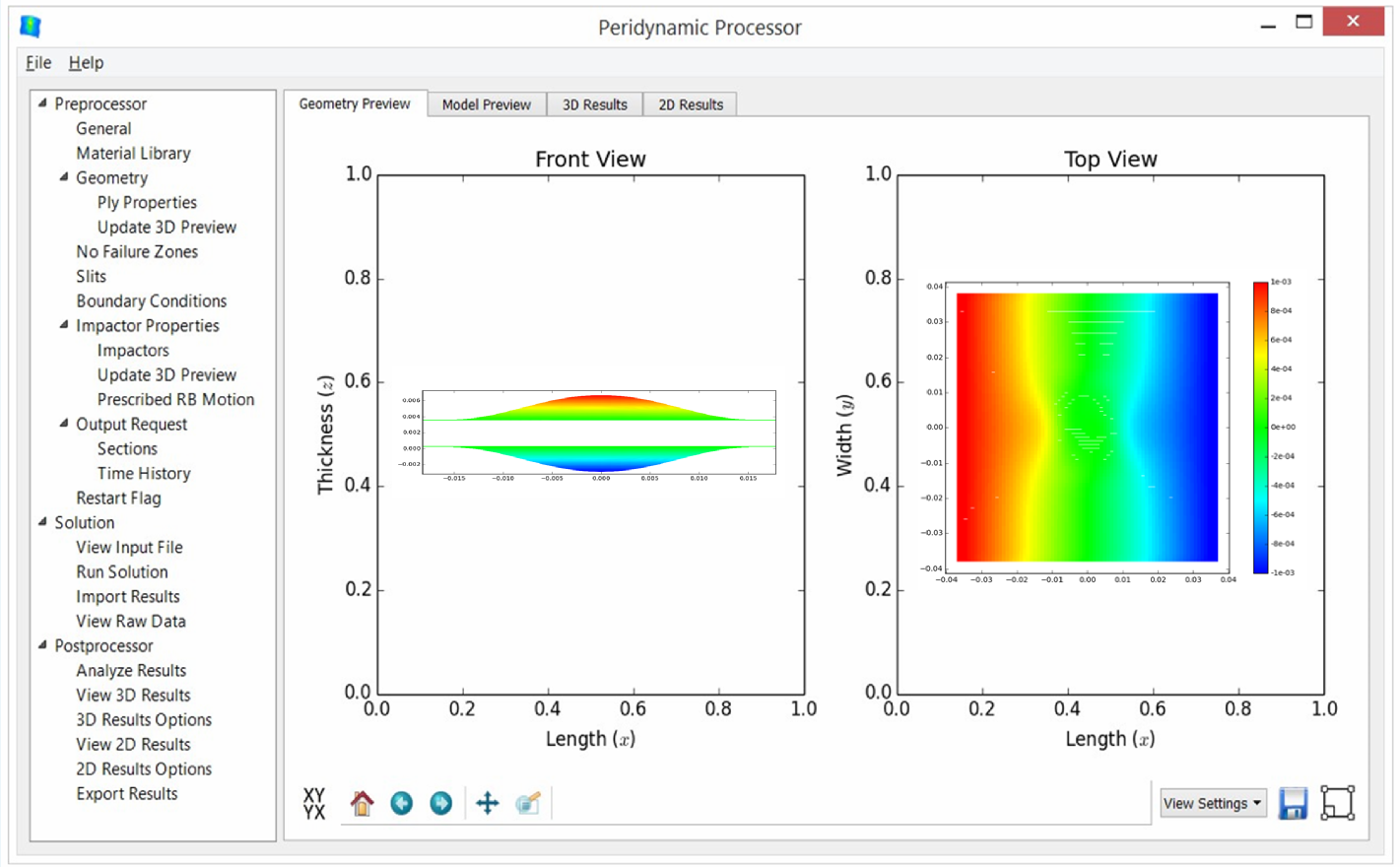
Peridynamic Unit Cell
Peridynamics Unit Cell, written in Python and C++, is a homogenization tool for predicting effective thermoelastic properties of micro-structures. In PDUC, normal and shear deformations are identified via normal and shear bonds, respectively. The normal bonds are perpendicular to each other and aligned with the axes of a Cartesian coordinate system. The shear bonds are off-axes and only lie on the three orthogonal planes of the coordinate system.
View Product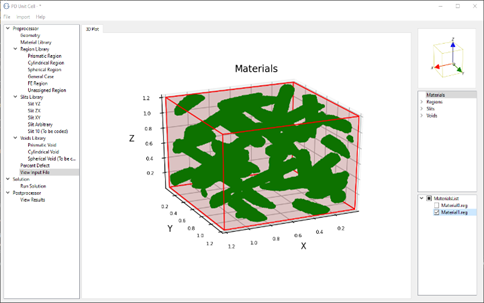
Composite Bolted Joint Analysis
Composite Bolted Joint Analysis Tools (C-BOLT) is a state-of-the-art analysis tool, written in JAVA and FORTRAN, to perform contact analysis of a bolted joint configuration. The configuration can include multiple plates connected via flexible bolts subjected to thermal and mechanical loadings. An iterative solution method is used to determine the contact angles between bolts and plates while considering the initial gaps between them. The plates may have an arbitrary pattern of holes and uniform or linearly varying boundary loads and displacements.
View Product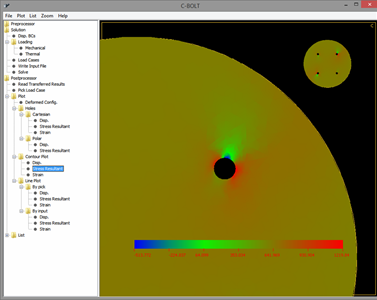
Strain Field Generator
Strain Field Generator (SFG), written in Python and FORTRAN, is an advanced analysis tool to determine displacement fields, stress and strain fields, as well as buckling modes in composite laminates. It is an extended version of C-BOLT for simple cases that includes in-plane as well as Mindlin type shear deformable bending of laminated plates. The laminate may have an elliptical cutout at any arbitrary orientation from the laminate’s horizontal axis. The laminate may be subjected to mechanical, thermal, and bearing loads.
View Product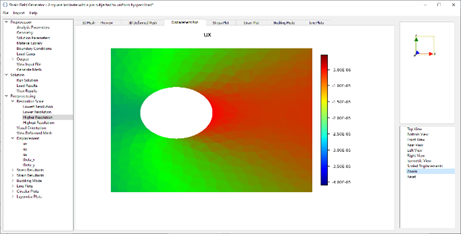
Scarf Joint Processor
Scarf Joint Processor (SJP) is a python and FORTRAN based advanced tool designed to run the Comprehensive Scarf Repair Analysis (CSR) program. It is designed to perform stress analysis for various kinds of scarf joints, repairs, and patches, as well as to join or repair materials causing moment due to eccentricity. To minimize or eliminate this moment, scarf configuration is used on the joint or repair of the materials. This tool is designed to predict stresses such as interlaminar stresses in the laminate, pure and shear stresses along the interphase between the adherence of the scarf configuration.
View Product